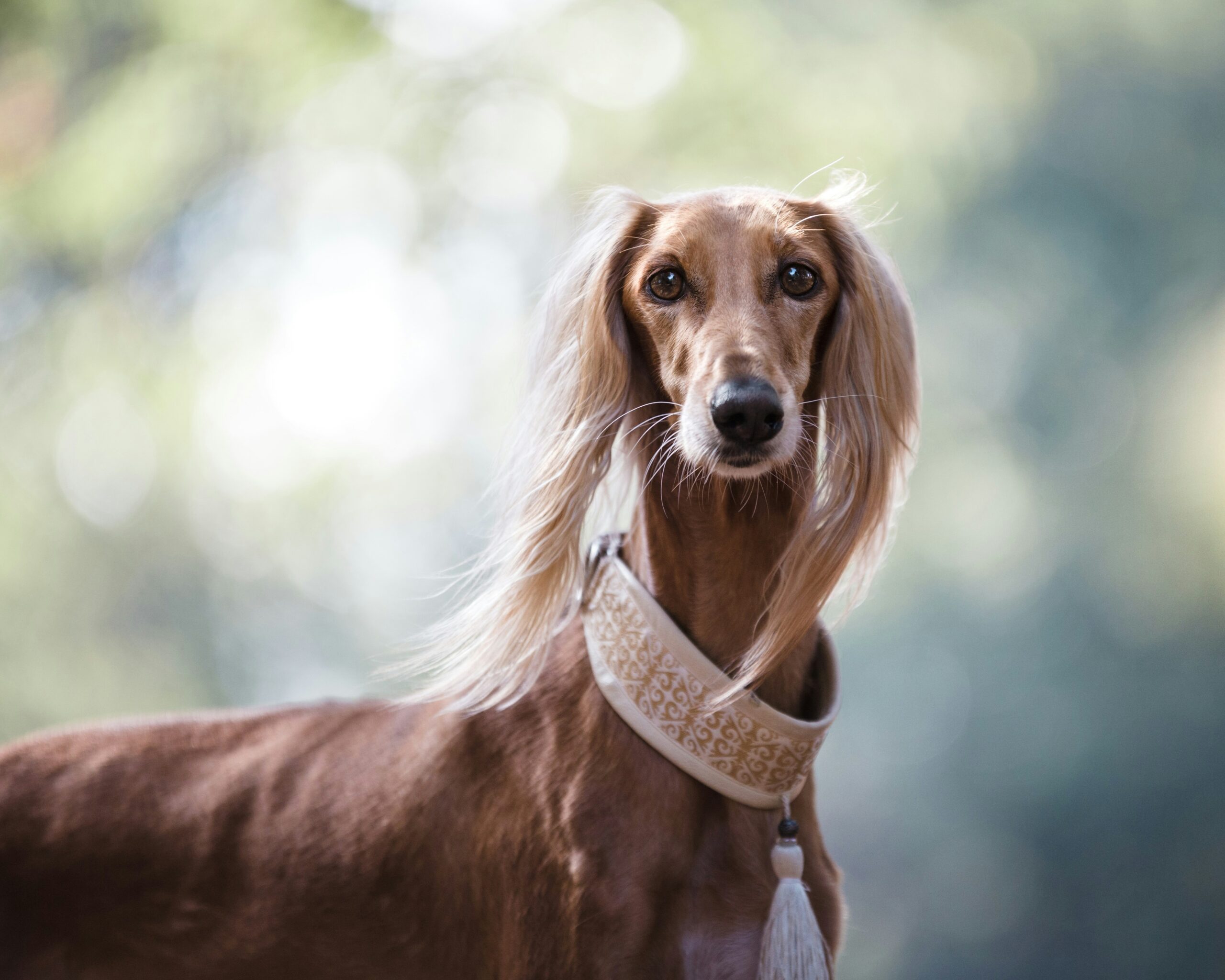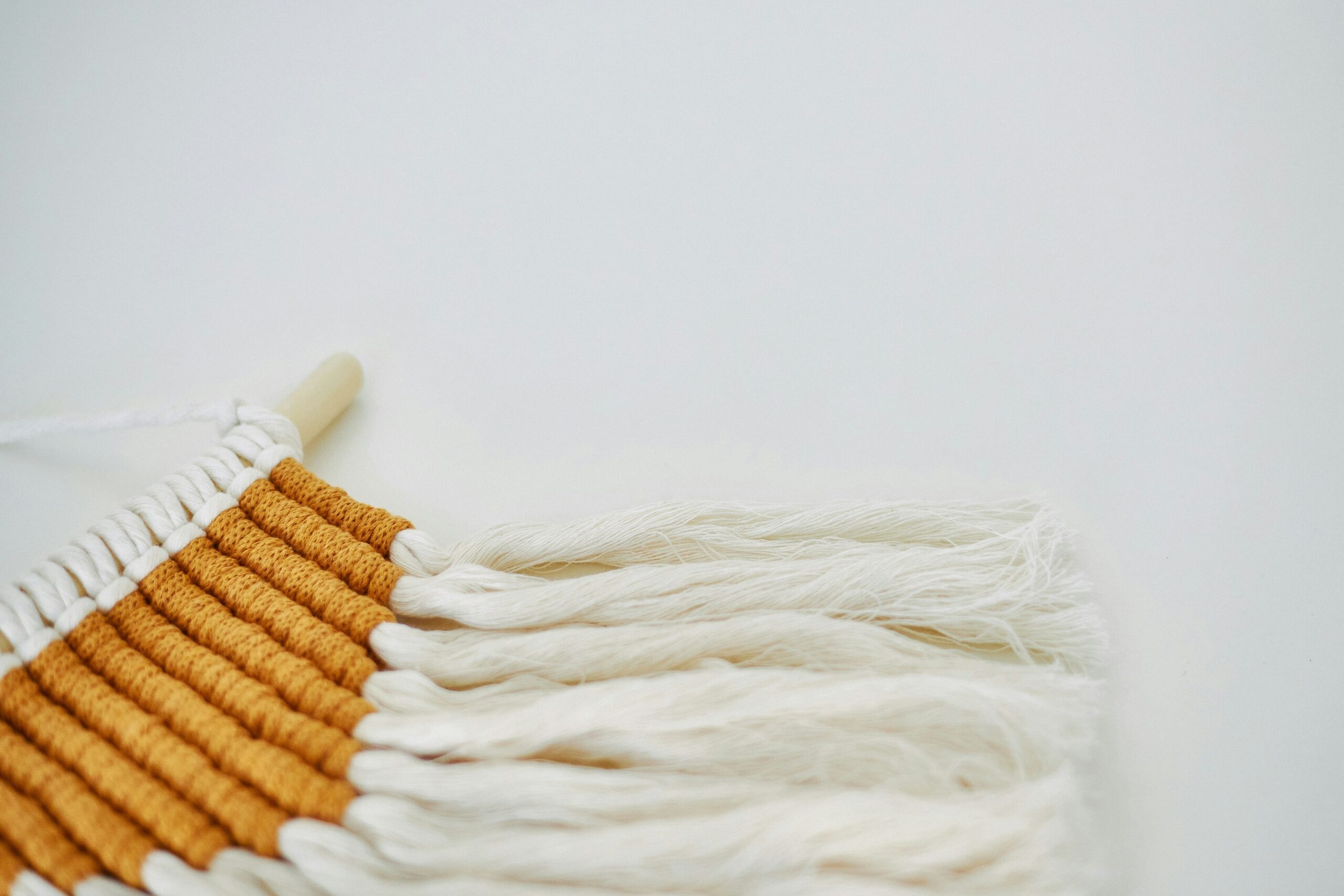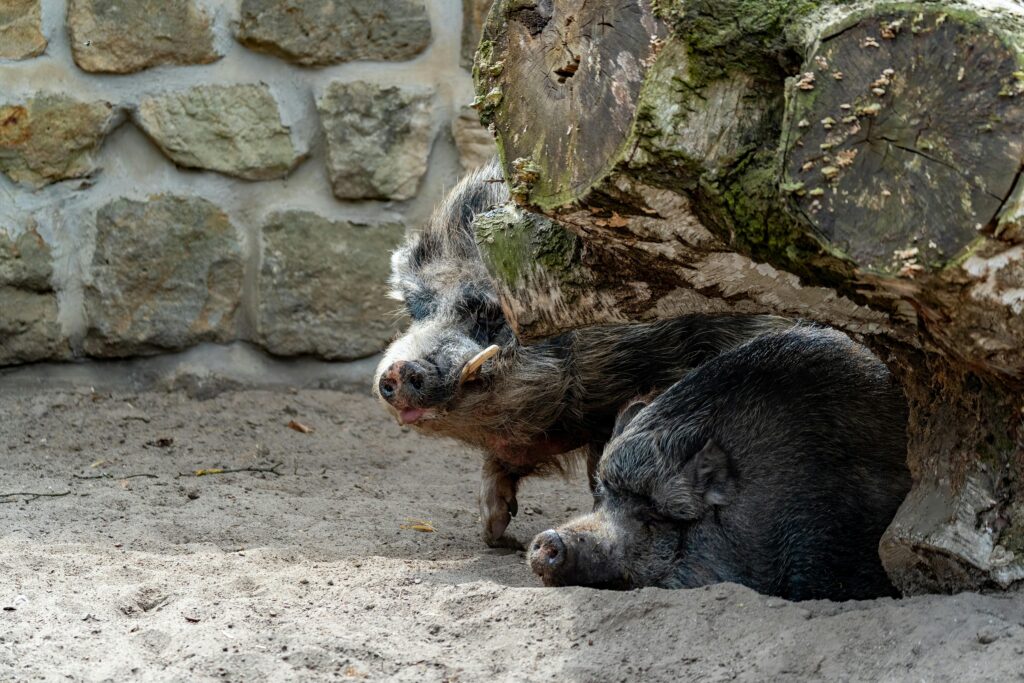Ever stared at a bristle brush wondering, “Will this even work on my pet’s fur?” You’re not alone. Picking the right tool for brushing different coat types can feel like deciphering an ancient scroll. Don’t worry—by the end of this post, you’ll know *exactly* which bristle brushes to use and when.
In this guide, we’ll cover:
- The science behind coat types (yes, it matters).
- Step-by-step grooming tips tailored to your furry friend.
- Real examples of pets whose lives were transformed by proper brushing.
Table of Contents
- Key Takeaways
- Why Brushing for Different Coat Types Matters
- A Step-by-Step Guide to Perfect Pet Grooming
- Tips & Best Practices for Bristle Brushes
- Success Stories From Real Pet Owners
- Frequently Asked Questions
Key Takeaways
- Different coat types require specific bristle brush textures and stiffness levels.
- Regular brushing prevents matting, skin irritation, and hairballs.
- Poor grooming tools can cause more harm than good—choose wisely!
Why Brushing for Different Coat Types Matters
Confession: I once tried using a stiff bristle brush on my long-haired Siamese cat. Big mistake. Her luxurious mane turned into something resembling a haystack—and she gave me the side-eye for days. Trust me; mismatching your pet’s coat type with the wrong brush is the fastest way to disaster.

Image: A visual breakdown of common coat types—short, medium, and long hair.
Your pet’s coat isn’t just about looking good. It’s their primary defense against harsh weather, pests, and allergens. Neglecting proper grooming practices can lead to problems like hotspots, dandruff, or painful knots that no one wants to deal with. Spoiler alert: There’s a perfect bristle brush out there for every coat type—you just need to know where to look.
Grumpy Optimist Dialogue:
Optimist You: “Let’s find the perfect brush!”
Grumpy You: “Ugh, fine—but only if snacks are involved.”
A Step-by-Step Guide to Perfect Pet Grooming
Ready to elevate your pet care game? Follow these steps:
Step 1: Identify Your Pet’s Coat Type
This part sounds obvious but trust us—it’s crucial. Is your dog double-coated like a Husky or single-coated like a Greyhound? Does your cat have silky strands or curly chaos? Each variation demands unique attention.
Step 2: Choose the Right Bristle Brush
- Short Coats: Opt for soft-bristle brushes. They’re gentle enough to glide over sensitive skin without damaging follicles.
- Medium Coats: Go mid-level firmness—a mixtape of tough-love bristles that tackle moderate tangles without shredding.
- Long Coats: Hard-bristle brushes are your best friends here. Their stiffness helps detangle stubborn knots while promoting shine.
Step 3: Establish a Routine
Consistency is key. Start small—one minute per day—and work up to longer sessions as your pet adjusts. Bonus points if you throw in a belly rub or two along the way. (“Chef’s kiss” technique engaged.)
Tips & Best Practices for Bristle Brushes
To save you hours of trial-and-error, here are some pro tips:
- Avoid Overbrushing: Too much friction irritates delicate skin. Limit daily sessions to avoid creating bald spots.
- Maintenance Matters: Clean your brush regularly. Clogged bristles = ineffective grooming.
- Terrible Tip Alert: Ignore those gimmicky brushes promising “instant shine.” More often than not, they’re overpriced fluff.
Rant Corner: Why Cheap Brushes Are the Worst
I’m going off-topic for a moment because THIS NEEDS TO BE SAID. Have you ever bought a cheap bristle brush, only to find plastic shards falling out mid-groom? Yeah, it’s infuriating. Invest in quality tools—it makes all the difference.
Success Stories From Real Pet Owners
Jane D., a proud Golden Retriever mom, shares her story:
“I switched to a hard-bristle brush after months of struggling with tangled fur. Not only did his coat improve overnight, but he also seemed happier during our morning routines!”

Image: Noticeable improvement in coat smoothness after consistent brushing.
Frequently Asked Questions
Q: Can I use the same bristle brush for multiple pets?
Absolutely not. Just like humans, each pet has unique needs. Sharing grooming tools risks spreading bacteria and oils between animals.
Q: How do I clean my pet’s bristle brush?
Soak the brush head in warm, soapy water for five minutes. Rinse thoroughly and let it air dry before storing.
Q: What happens if I pick the wrong brush?
Worst-case scenario? Skin irritation, excessive shedding—or worse, a very angry pet who refuses future grooming sessions. Ouch.
Conclusion
Grooming doesn’t have to be complicated. By understanding your pet’s coat type and selecting the appropriate bristle brush, you’re setting yourself up for success. Remember: A happy pet equals a happy home.
Final thought? Like a Tamagotchi, your pet’s grooming routine needs daily TLC. Now go forth and conquer those coats!


